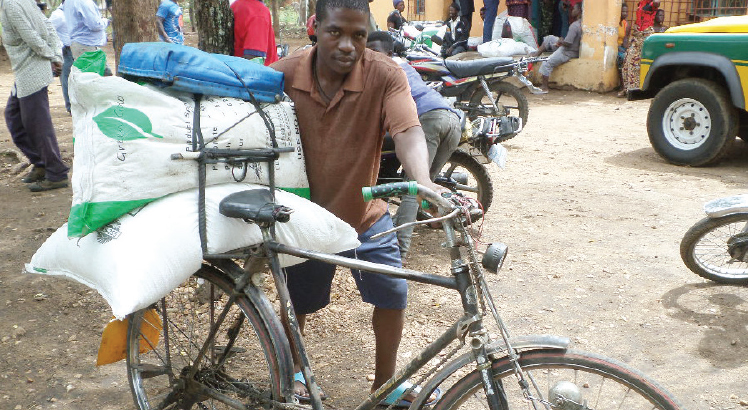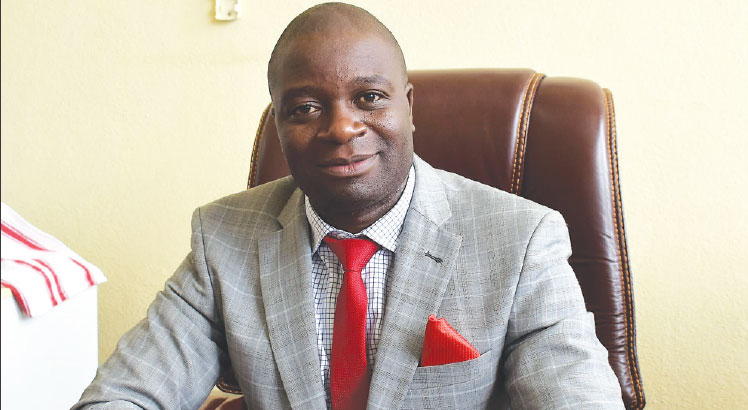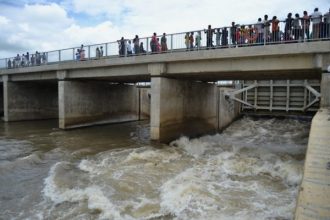Spending on subsidy skyrockets
An exponential increase in the food production subsidy allocation totaling K900 billion for the past 17 years has not lifted millions of the ultra-poor from their pit of food insecurity, forcing government to spend an additional over K500 billion to feed them in the past 10 years, an analysis of reports shows.
Mwapata Institute, an independent agricultural policy think-tank also says research has shown that there has been a general upward trend in food imports in the last two decades, despite government’s promotion of subsidies.

Weekend Nation analysed the Farm Input Subsidy Programme (Fisp) from 2005-2019, and its successor, the Affordable Inputs Programme (AIP) introduced by the Tonse Alliance administration in 2020, to improve food security among the ultra-poor, and Statistics from the Department of Disaster Management Affairs (Dodma). The statistics show that K900 billion or 69 percent of the total agriculture budget in subsidies, has not reduced the money government has been spending to feed the hungry.
Dodma reports on food insecurity response plan for six years only—from 2016/2017 financial year to date—show that the department used an estimated $533 million (K533 billion) on food aid to the needy.
The Malawi Vulnerability Assessment Committee (Mvac) reports show that during the past 17 years, 2005 and 2012 were the worst hit on food security due to droughts. In these years, 4.8 million and 1.9 million people, respectively, faced food shortages, forcing former president the late Bingu wa Mutharika to declare a national disaster and state of emergency.
The reports show that 2007 was one of the best years, when the country realised a record 3.4 million tonnes of maize harvest and with a surplus of 1.4 million tonnes over the national consumption requirement, was able to donate maize to Zimbabwe, Lesotho and Swaziland.
National budgets show that since 2006, funding to Fisp has risen sharply. It was K2.2 billion in the 2005/06 national budget, jumped to K5.5 billion the following year, hit K10.7 billion in the 2007/08 fiscal year and settled at K19.4 billion in 2008/09 (which was later revised upwards to K29.4 billion). The allocation dropped slightly to K17.8 billion in 2009/10.
Fisp allocation funding picked up again in 2010/11 financial year to hit K19.7 billion, dropped to K17.4 billion in 2011/12, then more than doubled to K57 billion in 2012/13. In 2013/14, Fisp was allocated K60.1 billion and then K60 billion in the 2014/15 national budget before it was dropped to K40 billion in the 2015/16 financial year.
In the 2016/17 financial year Fisp budget allocation, which included seed, was at K43.5 billion dropping to K33.1 billion in 2017/18. The allocation jumped by about six percent from K38.6 billion in the 2018/19 fiscal year to K42 billion in 2019/2020.
In 2020/21, the AIP was first rolled out at a total cost of K160.2 billion and in 2021/22 financial year, the programme received K142 billion before it was reduced to K109.5 billion in the current financial plan, giving a grand total of K897. 6 billion since 2005.
Mapata Institute executive director William Chadza in an e-mailed response said that one would be tempted to conclude that some people benefit from both the subsidy and food relief, particularly when one looks at the objective of the subsidy programme, which is to target the poor, who are likely to be unproductive.
Said Chadza: “Maize imports have grown significantly since 2013 and there has also been a steady increase in the number of people requiring humanitarian assistance over the years.”
Chadza said there is need for policy reforms to improve the programme by targeting the productive segment of farm-households and take the rest into social protection programmes as well as diversifying the input subsidy package.
He further said that the least productive farming households cannot make profitable use of subsidised inputs and can be better assisted by social safetynet programmes such as cash transfers.
In his policy article ‘Rethinking Agriculture Subsidies’ posted on Mwapata Institute website, associate professor Daimon Kambewa from Luanar ’s Department of Agriculture Extension proposes that the subsidy programmes should embrace sustainability, which involves households’ ability to graduate into more resilient situations.
One of the reforms he proposes is that farmers should graduate from one hundred percent use of inorganic fertiliser to a combination with organic fertilisers. The other is institutional graduation whereby farmers are organised into clubs and have capacity to access good markets for their produce and the inputs.
A policy agriculture expert Tamani Nkhono-Mvula, in an interview on, Wednesday agreed with Chadza on the need to change the approach, observing that it is limited to production and has nothing on diversification, which he said could have contributed in boosting output through irrigation farming where there is great potential.
In an earlier interview, spokesperson for the Ministry of Agriculture Gracian Lungu said government appreciates suggestions on subsidies brought forward by various stakeholders saying since the subsidy issue is also in the manifestos of major parties in the [President Lazarus] Chakwera administration, as a ministry, we will try our level best to align our priorities to what the Malawi leader wants.”
In a new book titled Disentangling Food Security from Subsistence Agriculture in Malawi launched last year, International Food Policy Research Institute (Ifpri) senior research fellow Todd Benson observed that an average 1.8 million or 12.4 percent of the population still need relief food annually despite the investments.
He argues that the success of maize production programmes is dependent on good rains and that the burden they impose on the public budget is immense.
He writes: “These policies, though possibly necessary and certainly politically acceptable in the short run, are unlikely to result in a food-secure Malawi over the longer-term.”
In a joint analysis of the K1.9 trillion 2021/22 National Budget, Economics Association of Malawi (Ecama), Oxfam and Lilongwe University of Agriculture and Natural Resources (Luanar) questioned the rationale behind continued allocation of huge resources—K160 billion—to input subsidies to achieve food security and then buy relief maize for the same beneficiaries during the lean period.
Reads the report in part: “It is not sustainable to continuously budget for AIP and purchase maize annually. Government should come clear on when the recipient will graduate from these programmes and become self-sufficient so that the scarce resources can be allocated to other better uses.”
Bertha Bangala Chikadza, a member of the Ecama and Luanar research team, is on record as saying the fact that beneficiaries are perpetually targeted with both subsidy and relief, maize was an indication that the subsidies have not really helped to achieve food security; hence, the need to rethink their relevance.
“If we were able to achieve food security at household level with these subsidies, there will be no need to allocate huge sums of money for relief maize.”





